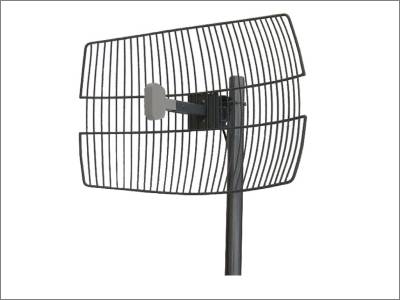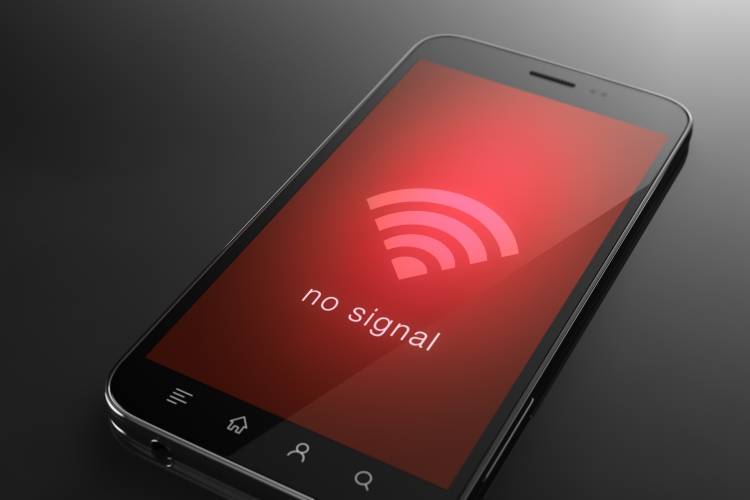Copyright © Michael Williams. All rights reserved.
The Future of Onboard Internet Services
We are living in an era when Internet is a much-needed commodity. I'd dare to say that it's
even more widespread than cheesecake, especially for those of us who are on a diet ;)
And yet, prices for mobile access data plans aren't decreasing as fast as they should. Many
people continue to pay up to $100 per month for good quality mobile Internet access, but even
those who can afford to do that need to be careful. Why? Because if you stream too many movies
while you are traveling, for example, you could exceed the amount of data that you are allowed
to use per month, and get taxed at a much higher rate for each megabyte that exceeds your
monthly limit.
It's clear why people have invented all sorts of weird, and sometimes even funny, but fully
functional methods of getting Internet access in places where it isn't commonly available.
Every now and then I can see this guy carrying a huge Wi-Fi antenna near the train station.
And no, he isn't searching for extraterrestrial life, but for an open Wi-Fi network where he
can connect his laptop.

The elegant way of getting Internet access while you are traveling is to make use of the
trains' Wi-Fi connections, of course. And yet, these services don't work as expected. Let's
see why.
A recent National Rail Passenger Survey in the UK highlighted the fact that only a third of
the passengers are happy with the on-board Wi-Fi. The British have gotten wireless connections
in their trains ahead of us, about a decade ago, but this also means that their servers need
to be upgraded.
The UK government has funded the rail operators back in 2015, but they have imposed a minimum
Internet access speed of only 125 KB per second, which is way too small for anyone's needs! To
give you an example, you'd need close to a minute to download one of your favorite songs. And
with a connection like that, streaming your favorite movie would be impossible!
People consume much more data these days. They were happy to download a 1 MB web page and read
some news 10 years ago, but now they want to stream their favorite shows and play complex
online games on their smart phones and tablets. That's why rail companies, which are
interested in making a profit whenever it is possible, have decided to erect pay walls for
high-speed Wi-Fi access.
But even those paid Internet connections aren't always working as expected. Trains are fitted
with standard access points, which are connected to the top mobile network providers. However,
since trains can cover huge areas, it's easy to get disconnected from the networks every now
and then.


The solution is to build their own Wi-Fi networks along the tracks, especially in places where
there are signal gaps. Here is some good news for us: Amtrak is almost done building a Wi-Fi
network that will allow people who travel from Boston to Washington DC to have high-quality,
uninterrupted Internet access.
So, why didn't this happen sooner? For starters, companies need to invest a lot of money into
projects like these without seeing an immediate return on their investments. However, once a
system like that is in place, railway companies will be able to choose their preferred data
provider at competitive prices, because they won't depend on a particular mobile operator
anymore.
Also, often times, local residents fear that the Wi-Fi towers that are supposed to be added
along the rail lines will impact their health and decrease property value.
Another key issue is the fact that we've got so many types of trains, and it's difficult to
fit the older models with modern technologies.
New trains will surely include upgradeable access points, though. And the good news is that by
2018, about 90% of the trains will be able to provide high-speed Internet access. I guess that
they'll ask money for this extra service in the beginning, but they'll surely incorporate the
costs into the ticket price later on.